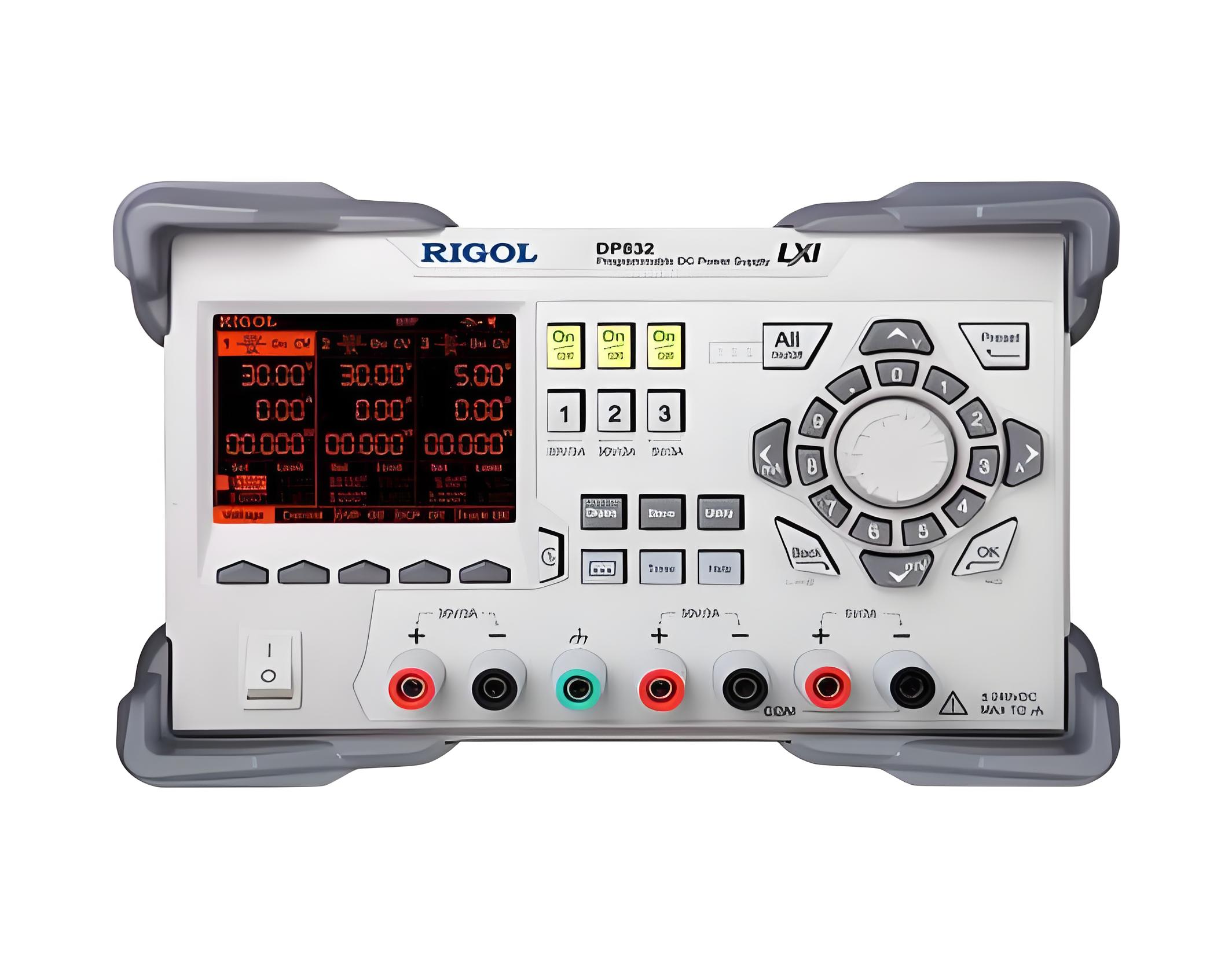Can you list the components of a DC and AC power supply?
Of course. Direct Current (DC) and Alternating Current (AC) power supplies have their unique components that enable them to work effectively in their respective systems. Below are the typical components of both types of power supplies:

Components of a DC Power Supply
Power Source
Battery: Stores chemical energy and converts it to electrical energy.
Fuel Cell: Produces electrical energy through electrochemical reactions.
Solar Panels: Convert light energy into electrical energy.
Rectifier
Bridge Rectifier: Converts AC to pulsating DC.
Half-Wave Rectifier: Utilizes only half of the AC cycle.
Filter
Capacitor: Smoothes the rectified DC, removing residual AC components.
Inductor: Helps stabilize the current and reduces fluctuations.
Regulator
Linear Regulator: Maintains a stable voltage level by actively adjusting the output voltage.
Switching Power Supply: Uses high-frequency switching technology to improve efficiency and reduce heat loss.
Protection Devices
Fuse: Blows when the current exceeds a predetermined value, protecting the circuit.
Circuit Breaker: Automatically opens the circuit upon detection of an overload or short circuit.
Load
Resistor: Used to consume or regulate current.
Motor: Converts electrical energy into mechanical energy.
Electronic Devices: Such as computers, mobile phones, and other devices that run on DC power.
Components of an AC Power Supply
Power Source
Generator: Produces AC through rotating magnetic fields.
Inverter: Converts DC to AC.
Transformer
Step-Up Transformer: Increases the voltage for long-distance transmission.
Step-Down Transformer: Decreases the voltage for distribution to end-users.
Modulator
Frequency Modulator: Alters the frequency of the AC.
Phase Modulator: Changes the phase of the AC.
Protection Devices
Fuse: Blows when the current exceeds a predetermined value, protecting the circuit.
Circuit Breaker: Automatically opens the circuit upon detection of an overload or short circuit.
Residual Current Device: Detects earth leakage and cuts off the power supply.
Load
Motor: Converts electrical energy into mechanical energy.
Household Appliances: Such as refrigerators, washing machines, which typically use AC power.
Lighting Fixtures: Lamps, LEDs, and other lighting devices driven by AC power.
Summary
DC power supplies primarily consist of power sources, rectifiers, filters, regulators, protection devices, and loads; while AC power supplies include power sources, transformers, modulators, protection devices, and loads. Both systems have their characteristics and are suitable for different applications.
If you have any further questions or need more information, please let me know!
The Electricity Encyclopedia is dedicated to accelerating the dissemination and application of electricity knowledge and adding impetus to the development and innovation of the electricity industry.













